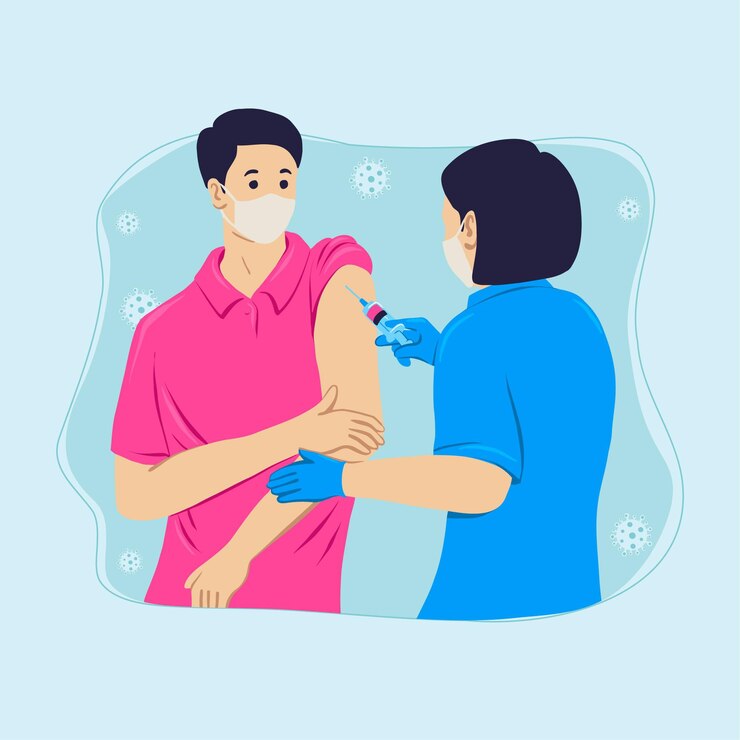
Managing Chronic Seborrheic Contact Dermatitis: Tips for Long-Term Care
Introduction:
Living with chronic seborrheic contact dermatitis can be challenging, but with the right approach to long-term management and follow-up care, you can effectively control symptoms and improve your quality of life. Let’s explore some strategies for managing this condition over the long term.
Understanding Chronic Seborrheic Contact Dermatitis
Seborrheic dermatitis is a chronic skin condition characterized by redness, itching, and flaking, often occurring on the scalp, face, and chest. While there’s no cure for this condition, long-term management focuses on controlling seborrheic dermatitis symptoms and preventing flare-ups.
Tips for Long-Term Management
Establish a Skincare Routine
Develop a consistent skincare routine for dermatitis tailored to your specific needs. Use gentle, fragrance-free products that won’t irritate your skin, and be sure to moisturize regularly to keep your skin hydrated.
Identify and Avoid Triggers
Pay attention to factors that trigger flare-ups of seborrheic contact dermatitis, such as stress, certain skincare products, and environmental allergens. Identifying dermatitis triggers and avoiding these factors can help prevent worsening of symptoms.
Use Medications as Directed
If your doctor has prescribed medications to manage your symptoms, such as topical corticosteroids or antifungal creams, be sure to use them as directed. Following your doctor’s instructions carefully is crucial for effective medications for seborrheic dermatitis. Don’t hesitate to ask questions if you have any concerns.
Manage Stress
Stress can exacerbate symptoms of seborrheic contact dermatitis, so it’s important to find healthy ways to manage stress. Practice relaxation techniques such as deep breathing, meditation, or yoga, and prioritize self-care activities that help you unwind. Incorporating stress management techniques can significantly benefit your skin’s health.
Monitor Your Skin
Keep an eye on your skin for any changes or signs of flare-ups, and don’t hesitate to seek medical attention if you notice any concerning symptoms. Regularly monitoring skin health can help you catch flare-ups early and take proactive steps to manage them.
Follow-Up with Your Doctor
Regular follow-up appointments with your dermatologist are important for monitoring your condition and adjusting treatment as needed. Be sure to attend scheduled appointments and communicate any changes or concerns with your doctor. Consistent follow-up care for dermatitis is essential for effective long-term management.
Conclusion
Managing chronic seborrheic contact dermatitis requires a proactive approach to long-term care and follow-up. By establishing a consistent skincare routine, identifying and avoiding triggers, using medications as directed, managing stress, monitoring your skin, and following up with your doctor regularly, you can effectively control symptoms and improve your quality of life.
To seek medical advice, always consult a Doctor. Here are our recommended EXPERTS. Click here
To read more on SKIN. Click Here


